Part 1 of 2 Parts
A superseding indictment was unsealed in New York City today charging a Japanese citizen with conspiring with a network of associates to traffic nuclear materials from Burma to other countries.
Takeshi Ebisawa, 60, and co-defendant Somphop Singhasiri, 61, were previously arrested and charged in April 2022 with international narcotics trafficking and firearms offenses. Ebisawa is a leader within the Yakuza Transnational Organized Crime Syndicate. Orders were issued to detain both of them. Ebisawa has since been held in Manhattan awaiting trial.
Matthew G. Olsen is the Assistant Attorney General of the U.S Justice Department’s National Security Division. He said, “The defendant stands accused of conspiring to sell weapons grade nuclear material and lethal narcotics from Burma, and to purchase military weaponry on behalf of an armed insurgent group. It is chilling to imagine the consequences had these efforts succeeded and the Justice Department will hold accountable those who traffic in these materials and threaten U.S. national security and international stability.”
Damian Williams is the U.S. Attorney for the Southern District of New York. He said, “As alleged, the defendant brazenly trafficked material containing uranium and weapons-grade plutonium from Burma to other countries. He did so while believing that the material was going to be used in the development of a nuclear weapons program, and while also negotiating for the purchase of deadly weapons. It is impossible to overstate the seriousness of this conduct. I want to thank the career prosecutors of my office and our law enforcement partners for ensuring that the defendant will now face justice in an American court.”
Anne Milgram is an Administrator of the U.S. Drug Enforcement Administration (DEA). She said, “As alleged, the defendants in this case trafficked in drugs, weapons, and nuclear material – going so far as to offer uranium and weapons-grade plutonium fully expecting that Iran would use it for nuclear weapons. This is an extraordinary example of the depravity of drug traffickers who operate with total disregard for human life. I commend the men and women of DEA and this prosecution team for their tireless work to protect us from such evil.”
According to the allegations contained in the indictment, starting in early 2020, Ebisawa informed an undercover agent (UC-1) and a DEA confidential source (CS-1) that Ebisawa had access to a large quantity of nuclear materials that he wanted to sell. Later in 2022, Ebisawa sent UC-1 a series of images depicting rocky substances with Geiger counters measuring radiation. He also sent pages of what Ebisawa represented to be lab analyses indicating the presence of thorium and uranium in the depicted substances. Following Ebisawa’s repeated inquiries, UC-1 agreed, as part of the DEA’s investigation, to help Ebisawa broker the sale of his nuclear materials to UC-1’s associate. The associate was posing as an Iranian general (the General). According to Ebisawa, the material was intended for use in a nuclear weapons program. Ebisawa offered to sell the General “plutonium” that would be even “better” and more “powerful” than uranium for this purpose.
Please read Part 2 next
Blog
-

Nuclear Reactors 1349 – U.S. Justice Department Charges Japanese Citizens With Trafficking In Nuclear Materials – Part 1 of 2 Parts
-
Nuclear News Roundup February 21, 2024
Proposal to build nuclear power plants at former coal sites in Latrobe Valley draws criticism abc.net.au
Head Of UN Atomic Watchdog Calls For ‘Restraint’ After Blasts Near Ukrainian Nuclear Plant rferl.org
Nuclear Decommissioning Services Market Set to Soar Past USD 9.55 Billion by 2030 globenewswired.com
Zaporizhzhia Nuclear Power Plant powered by single power supply line for 5 past days news.yahoo.com
-
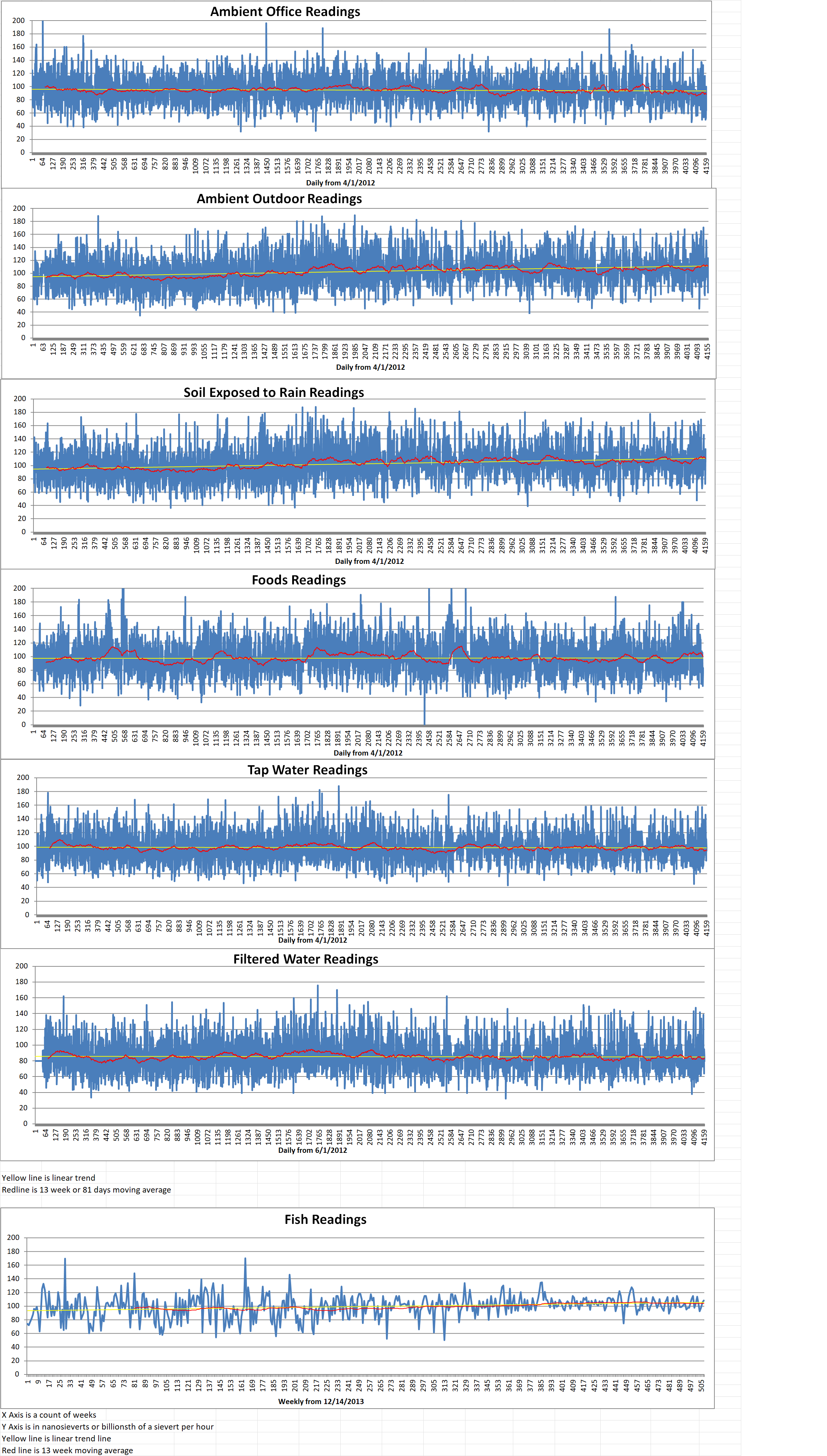
Geiger Readings for February 21, 2024
Ambient office = 65 nanosieverts per hour
Ambient outside = 108 nanosieverts per hour
Soil exposed to rain water = 108 nanosieverts per hour
Mini cucumber from Central Market = 80 nanosieverts per hour
Tap water = 94 nanosieverts per hour
Filter water = 80 nanosieverts per hour
-
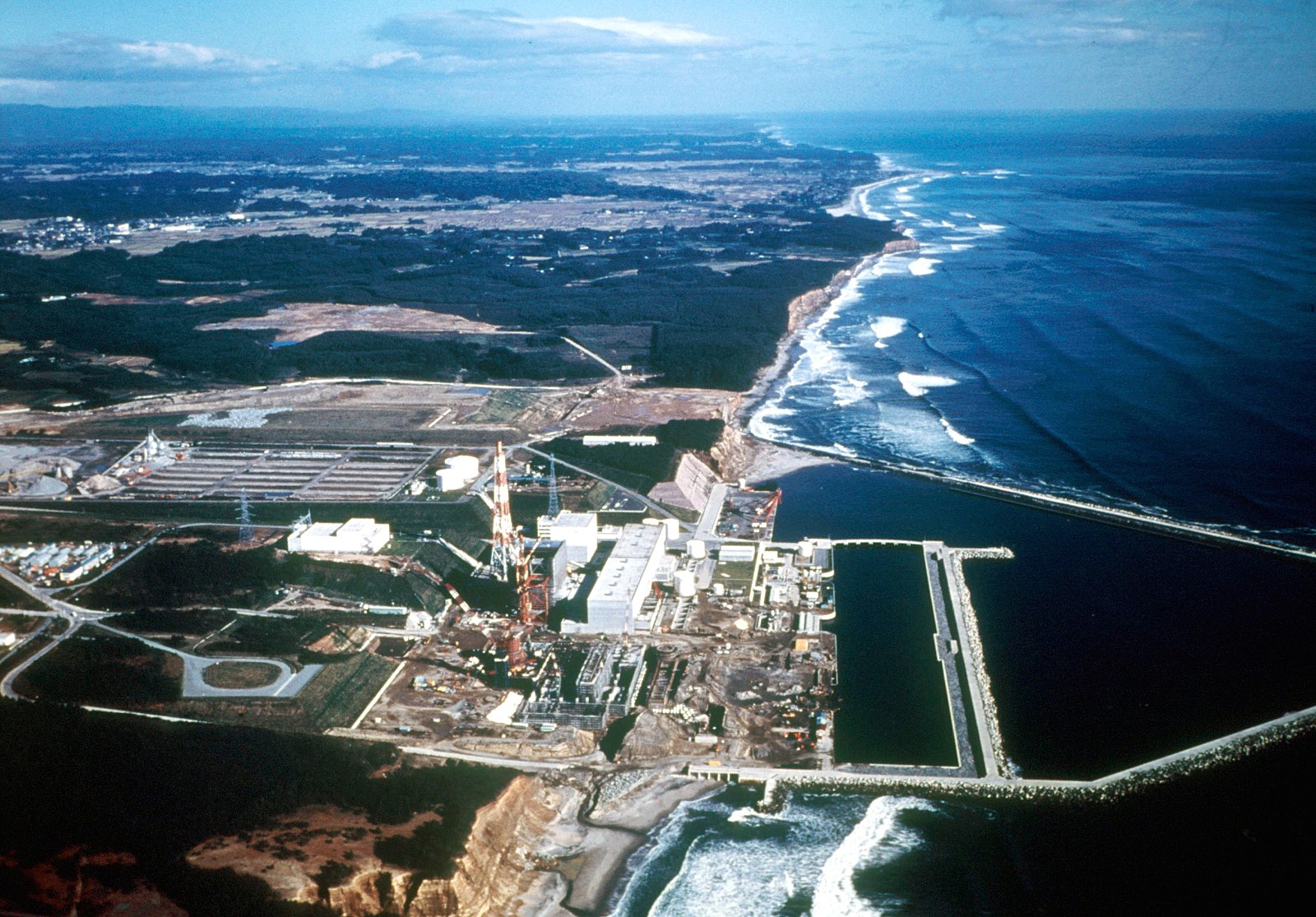
Nuclear Reactors 1348 – Japan Struggles To Restart Its Nuclear Power Reactor Fleet – Part 2 of 2 Parts
Part 2 of 2 Parts (Please read Part 1 first)
Japanese LNG imports have dropped steadily since 2021. In January, they were finally back to pre-Fukushima levels. However Japan has now definitively fallen behind as the world’s biggest LNG importer.
South Korea and Taiwan are the two other major East Asian LNG importers. Their nuclear paths are diverging. South Korea joined Japan in the Cop28 declaration on tripling nuclear capacity worldwide by 2050. However, Taiwan, which could not attend officially, did not.
South Korea and Taiwan face similar challenges to Japan’s. They are densely-populated, mountainous countries with very little fossil fuel resources of their own, limited land for large-scale renewables, and geology unfavorable for carbon capture and storage. However, in contrast to their neighbor, both are recording significant growth in demand, making new power generation even more urgent. Geothermal and offshore wind are promising new sustainable sources of energy but are at early stages of development.
The previous government in Seoul planned to reduce the share of nuclear capacity on the national grid. However, climate concerns and the Ukraine crisis prompted a rethink amid soaring power demand for data centers and semiconductor factories. President Yoon Suk Yeol’s administration has begun serious discussions on constructing two to four new nuclear power plants. Any firm announcement probably has to come after elections on April 10th.
South Korea also has a successful business exporting nuclear reactors. It is developing the Smart small modular reactor (SMR). This new type of reactor could be safer and quicker to build than large conventional nuclear power plants. Saudi Arabia is working with the Koreans to commercialize the Smart SMR.
In contrast, the newly elected president in Taiwan, Lai Ching-te, will take office in May. He campaigned on closing the country’s last nuclear power plant by 2025. A referendum in 2021 on phase-out led to two reactors being shut under the incumbent. In contrast, the opposition parties in Taiwan had supported restarting these facilities.
Yet Mr. Lai may need to reconsider. Tensions with China are high, and the Taiwan could be blockaded in the event of conflict. Without nuclear power, most of Taiwan’s electricity comes from fossil fuels, yet it has a target of net-zero by 2050.
Falling LNG consumption in these established East Asian LNG markets is critical for the global picture. First, it helps improve the supply-demand balance since the shock of 2022. That will increase once major new supplies hit the market from the US, Africa and Qatar from 2026 onwards.
Second, China is now the leader in LNG volumes. It is much more flexible because it can turn to other gas imports, its own domestic output and coal when LNG prices appear excessive. Because of this, it pays a lower price than its neighbors. Last March it paid just twelve dollars per million British thermal units. South Korea paid about eighteen dollars for the same number of units, Japan paid fifteen dollars and Taiwan paid fourteen dollars. It is therefore both less reliable and less profitable for LNG sellers, but too big to ignore.
The story of nuclear power in East Asia features the modern global themes of energy security, affordability, and climate. It also illustrates how growth in new technologies is unexpectedly raising electricity requirements. In addition, it shows how changes in one energy source ripple through interconnected global markets. -
Nuclear News Roundup February 20, 2024
Nuclear SMR welding breakthrough: A year’s work now takes a day newatlas.com
Feds accuse alleged Japanese crime boss of conspiring to traffic nuclear material bgdailynews.com
Iran dismisses plan by UN nuclear watchdog head to visit next month jpost.com
U.K. defense chief declares confidence in Trident nuclear missiles after reports of failed test off Florida cbsnews.com
-
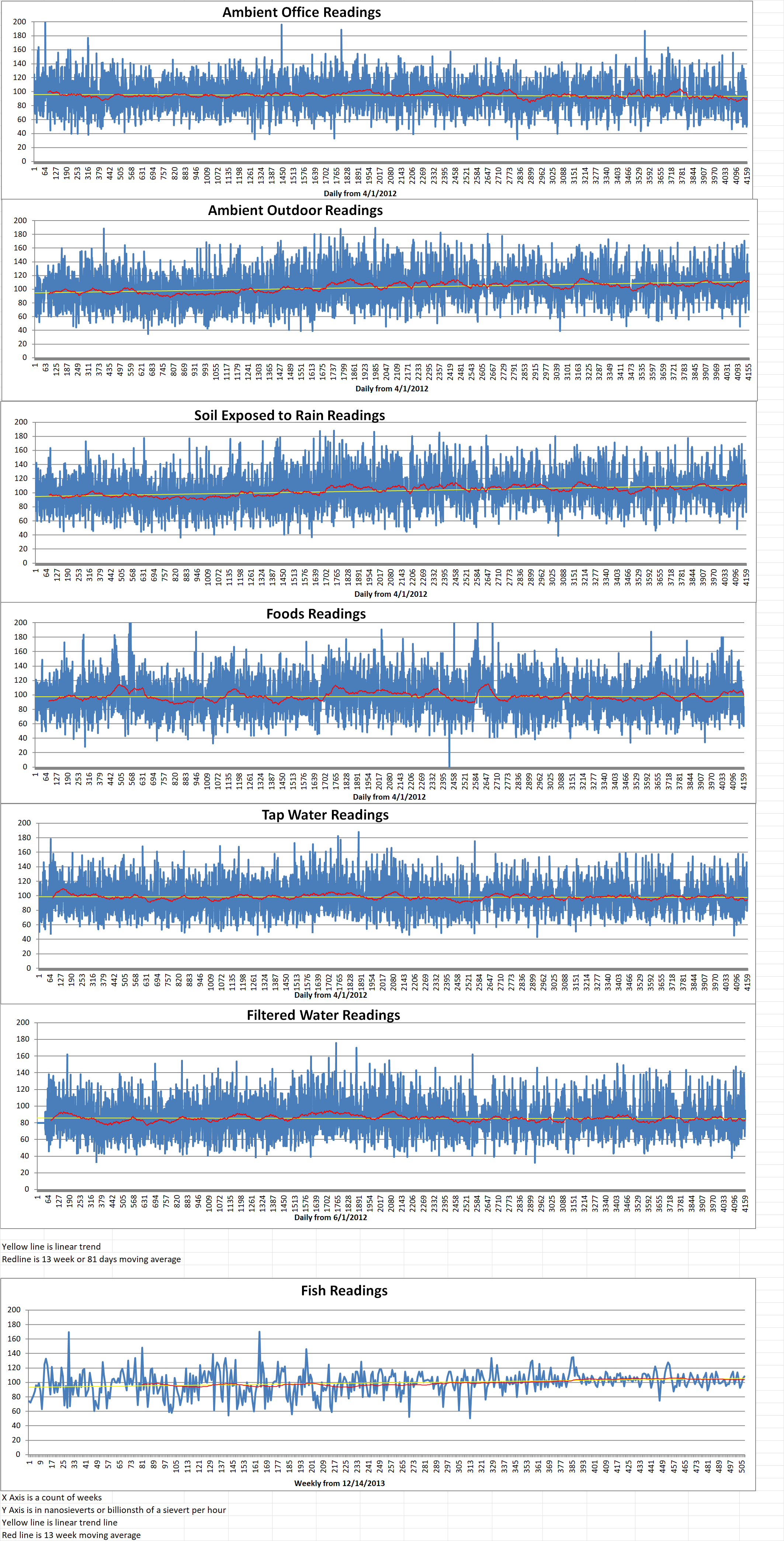
Geiger Readings for February 20, 2024
Ambient office = 100 nanosieverts per hour
Ambient outside = 104 nanosieverts per hour
Soil exposed to rain water = 105 nanosieverts per hour
Blueberry from Central Market = 84 nanosieverts per hour
Tap water = 97 nanosieverts per hour
Filter water = 84 nanosieverts per hour
-
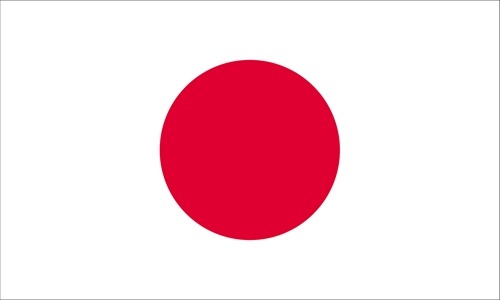
Nuclear Reactors 1347 – Japan Struggles To Restart Its Nuclear Power Reactor Fleet – Part 1 of 2 Parts
Part 1 of 2 Parts
The movie Oppenheimer, its star Cillian Murphy and spectacular director Christopher Nolan, have picked up 13 Oscar nominations. Released in the US in July, it won’t be released in Japan until March 29. The reasons lie in Japan’s long and tormented relationship with nuclear weapons, and nuclear power. It seems that the long wait arose from anger over the marketing tie-up “Barbenheimer” with the Barbie film. Many Japanese felt the combo promotion trivialized the nuclear bombings of Hiroshima and Nagasaki. The design and development of the atomic bomb was led by J. Robert Oppenheimer, whom Mr. Murphy portrays in the film. However, some Japanese suggest the government was also glad for the film’s release to be delayed because it would not interfere with its plans to restart shuttered nuclear reactors.
In spite of its wartime trauma, Japan enthusiastically adopted civil nuclear power following World War II. Its first nuclear power plant went online in 1966, and it nuclear fleet expanding after the first oil crisis in 1973. This revealed its overdependence on suddenly expensive imported crude oil. By 2010, one fourth of its electricity came from its fleet of reactors.
When the magnitude 9 Tohoku earthquake hit in March 2011, it suffered another nuclear shock. The resulting tsunami flooded the cooling systems at the Fukushima nuclear plant which resulted in a meltdown and several explosions. Only one person was confirmed to have died from radiation exposure. However, all fifty four of the country’s reactors were shut down for checks and safety upgrades against any possible repeat.
Following the loss of its nuclear reactor fleet, Japan suffered electricity shortages and had to introduce stringent conservation measures. Japan increased imports of liquefied natural gas (LNG), causing a spike in worldwide prices.
Another earthquake shook the Noto Peninsula on January 1st of this year. The Noto earthquake was much smaller than the Tohoku quake at magnitude 7.6. It was still the biggest in the area since records began in 1885. It caused some damage to the shuttered Shika nuclear power plant nearby.
In spite of these setbacks, the Japanese government has remained keen to bring its commercial nuclear power plants back online. This would reduce the country’s energy import bill and bring it closer to its net-zero carbon goals. These goals were made even more acute in 2022 by the huge rise in gas prices as Europe sought alternative gas to replace supplies cut off by Russia.
Of the thirty-three Japanese nuclear reactors that remain operable, twelve have come back into operation since the Fukushima accident. In January, the restart of another plant, Onagawa 2, was delayed for several months because safety upgrade work was not yet completed. The goal of restarting almost all the remaining reactors by 2030 looks very difficult to reach, as public opposition continues.
Renewables, particularly solar power, have boomed in Japan. However, Japan still remains short of generation capacity when accidents or cold weather grips the nation. Even with these difficulties, the combination of reactor restarts and expanded renewables capacity has had an impact.
Please read Part 2 next -
Nuclear News Roundup February 19, 2024
Nuclear SMR welding breakthrough: A year’s work now takes a day newatlas.com
Feds accuse alleged Japanese crime boss of conspiring to traffic nuclear material bgdailynews.com
Iran dismisses plan by UN nuclear watchdog head to visit next month jpost.com
U.K. defense chief declares confidence in Trident nuclear missiles after reports of failed test off Florida cbsnews.com
-
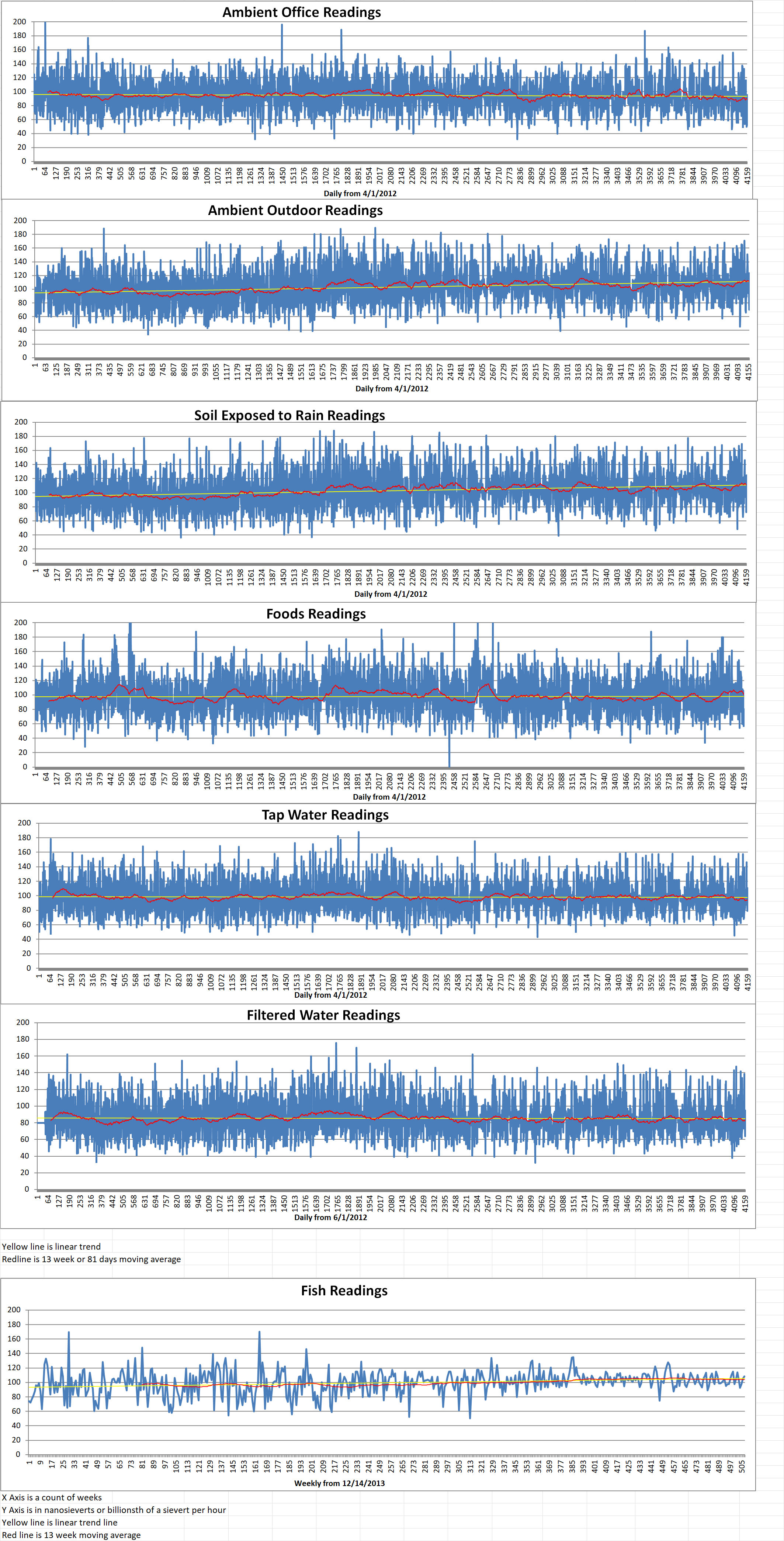
Geiger Readings for February 19, 2024
Ambient office = 95 nanosieverts per hour
Ambient outside = 123 nanosieverts per hour
Soil exposed to rain water = 125 nanosieverts per hour
Avocado from Central Market = 80 nanosieverts per hour
Tap water = 95 nanosieverts per hour
Filter water = 84 nanosieverts per hour
-

Geiger Readings for February 18, 2024
Ambient office = 52 nanosieverts per hour
Ambient outside = 70 nanosieverts per hour
Soil exposed to rain water = 73 nanosieverts per hour
Avocado from Central Market = 57 nanosieverts per hour
Tap water = 111 nanosieverts per hour
Filter water = 95 nanosieverts per hour
